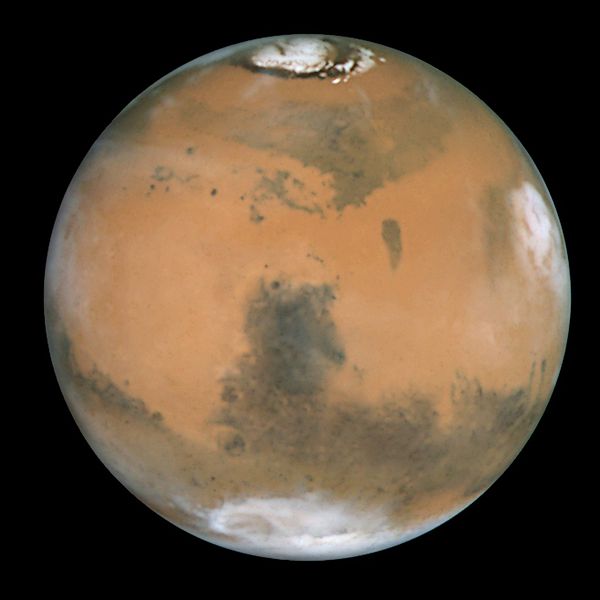
There's a few days left to sign up for NASA's Mars space launch with plenty of dangers.
NASA is still accepting applicants for its astronaut program, but there are many hazards. A report from the News World Conference addressed some of the issues in visiting Mars in 2030, the space agency’s intended year of exploration, behind Mars One and SpaceX, two nonprofit foundations with the same mission. Besides the traveling and landing challenges, many other obstacles exist.
For instance, the concentration of radiation is so extreme that astronauts would need to live underground, according to a former NASA physician and long-distance biomedical expert, Jim Logan. Specifically, 9 feet of Mars soil would need to separate them from the planet’s atmosphere. The dead planet and its protective atmosphere became oblivious eons ago, resulting in intense radiation emitting from space and the sun.
And what little atmosphere there is is toxic to humans because of the high levels of carbon dioxide. Although not irreparable, the constant threat of suffocation remains. Also, the dust could be inhaled with unknown side effects—not the potential for dust storms, but the dust itself. Mars dust storms escalate to 60 miles per hour. Although not powerful enough to cause damage, the worry is the fine dust, which is even thinner than Earth’s.
Heating is another challenge because temperatures vacillate between 80 degrees F (27 C) and -225 degrees F (-143 C). And, the atmospheric pressure is dangerously low, meaning water is easily evaporated. Death would be gradual, resulting in grisly suffocation.

Leave a Reply